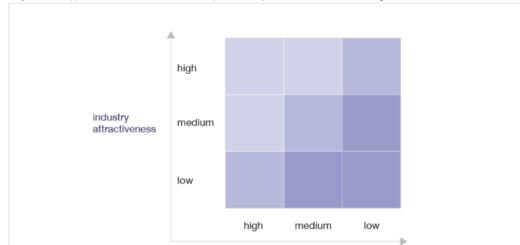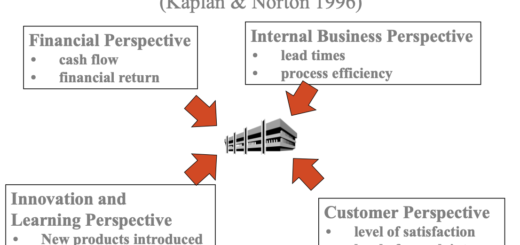Force field analysis – Change Issues
Force field analysis is a decision-making technique used to analyze the forces that support or oppose a proposed change in a system or organization. This method was developed by Kurt Lewin, a social psychologist, in the 1940s.

The basic idea behind force field analysis is that any proposed change will face forces that either support or oppose it. These forces can be seen as either driving forces or restraining forces. Driving forces are those factors that push towards the change, while restraining forces are those factors that hinder or prevent the change from occurring.
The process of force field analysis involves identifying and listing all the driving and restraining forces that are relevant to the proposed change. This can be done through brainstorming or through gathering input from stakeholders. Once the forces have been identified, they are rated in terms of their relative strength and importance. This allows the decision maker to determine which forces are likely to have the most impact on the proposed change.
The next step is to develop a plan for addressing the forces that oppose the change. This can involve finding ways to reduce the strength of these forces or finding ways to strengthen the driving forces. The goal is to shift the balance of forces towards the change so that it can be implemented successfully.
Force field analysis is a useful technique for decision-making because it helps decision makers to identify potential obstacles to change and to develop a plan for overcoming these obstacles. It is also a useful tool for promoting stakeholder engagement and buy-in, as it allows stakeholders to participate in the decision-making process and to voice their concerns and ideas.







